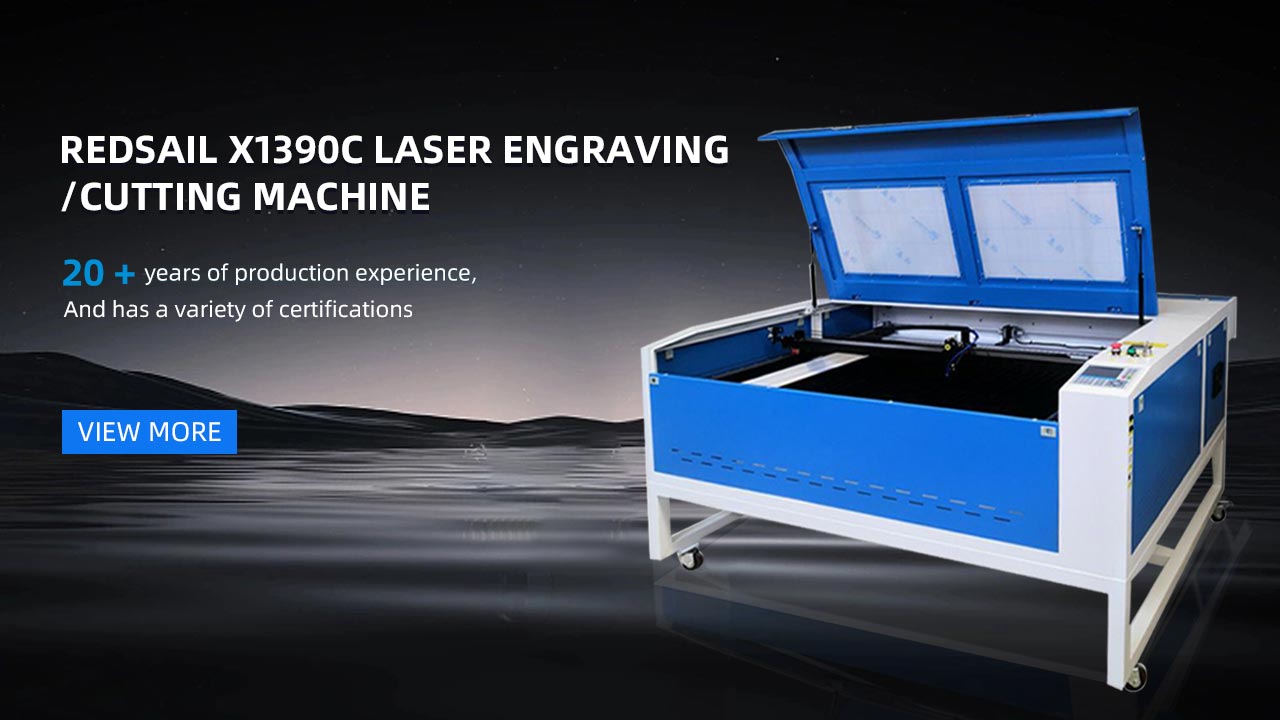Is It Possible to Laser Engrave Wood Grain? Unveiling the Intricacies of a Promising Technique
The art of laser engraving has revolutionized the way we personalize and decorate various materials. From metal to plastic, glass to leather, the possibilities seem endless. However, when it comes to wood engraving, many people wonder if it’s possible to achieve the natural look of wood grain with a laser. In this article, we will delve into the intricacies of laser engraving on wood and reveal whether it’s possible to replicate the stunning beauty of wood grain using this technique.
The Mechanics of Laser Engraving on Wood
Laser engraving involves using a focused laser beam to remove material from the surface of an object, creating a permanent mark. When it comes to wood, laser engraving works by vaporizing the wood fibers in a controlled manner, leaving behind a precise, permanent mark on the surface. The depth and intensity of the engraving depend on various factors, including the power of the laser, the speed of the engraving process, and the type of wood being engraved.
Engraving wood with a laser may not create an exact replica of natural wood grain, but it can create captivating patterns and designs that simulate the look of wood grain. By adjusting the laser settings, the engraver can control the darkness and depth of the engraving, creating variations that mimic the organic patterns found in wood grain.
The Challenges of Replicating Wood Grain
While laser engraving on wood can produce beautiful and intricate designs, achieving a truly realistic wood grain effect can be challenging. Wood grain is a complex structure, with variations in color, depth, and pattern that are difficult to replicate using a laser. Additionally, different types of wood have distinct grain patterns, and replicating each one accurately can be a difficult task.
Another challenge in replicating wood grain with laser engraving is the limited depth of the engraving. Laser engraving removes a very thin layer of material, typically less than a millimeter, making it difficult to recreate the depth and texture of real wood grain. However, skilled engravers can utilize a technique called “rastering” to create shading and depth, enhancing the wood-like appearance of the engraving.
The Art of Laser Engraving Wood Grain
While it may not be possible to create an exact replica of natural wood grain using laser engraving, skilled engravers can achieve impressive results that closely resemble the beauty of wood. By using special techniques and carefully adjusting the laser settings, engravers can create patterns and designs that imitate the organic look of wood grain.
- 1. Choosing the Right Wood: Different types of wood have different characteristics and grain patterns. Some woods, like oak or walnut, have prominent and distinct grain patterns, making them ideal for laser engraving wood grain. It’s essential to experiment with different wood types to find the one that best suits your desired wood grain effect.
- 2. Adjusting Laser Settings: The key to achieving a realistic wood grain effect lies in adjusting the laser settings. By controlling the laser intensity, speed, and frequency, engravers can create variations in the engraving that mimic the subtle nuances of wood grain. It’s crucial to test different settings and conduct trial runs before creating the final engraving.
Laser engraving on wood opens up a world of creative possibilities. From personalized gifts to custom home decor, the technique allows individuals to add a touch of nature to their belongings. While laser engraving may not perfectly replicate the natural beauty of wood grain, it offers a unique and captivating alternative that appeals to many.
Frequently Asked Questions
Can laser engraving on wood damage the surface?
No, laser engraving on wood is typically non-damaging when performed correctly. The laser removes a very thin layer of material from the surface of the wood, leaving it intact and unharmed. However, it’s essential to choose the appropriate laser settings and test them to avoid excessive burning or scorching of the wood.
What types of wood are best for laser engraving wood grain?
Woods with prominent and distinct grain patterns, such as oak, walnut, or cherry, are ideal for laser engraving wood grain. These woods offer beautiful natural patterns that can be enhanced and replicated using laser engraving techniques.
Can laser engraving simulate different types of wood grain?
Yes, laser engraving can simulate different types of wood grain to a certain extent. By adjusting the laser settings, engravers can create variations in the engraving that imitate the characteristics of different wood grains. However, achieving an exact replica of every wood grain type may not be possible due to the complexities and variations of natural wood.
In conclusion, while laser engraving on wood may not perfectly replicate the natural beauty of wood grain, it offers a promising technique to create simulated wood grain designs. By understanding the mechanics and challenges of laser engraving on wood, and employing specialized techniques, engravers can achieve captivating and realistic wood grain effects that add a touch of nature to various personal and decorative items.





